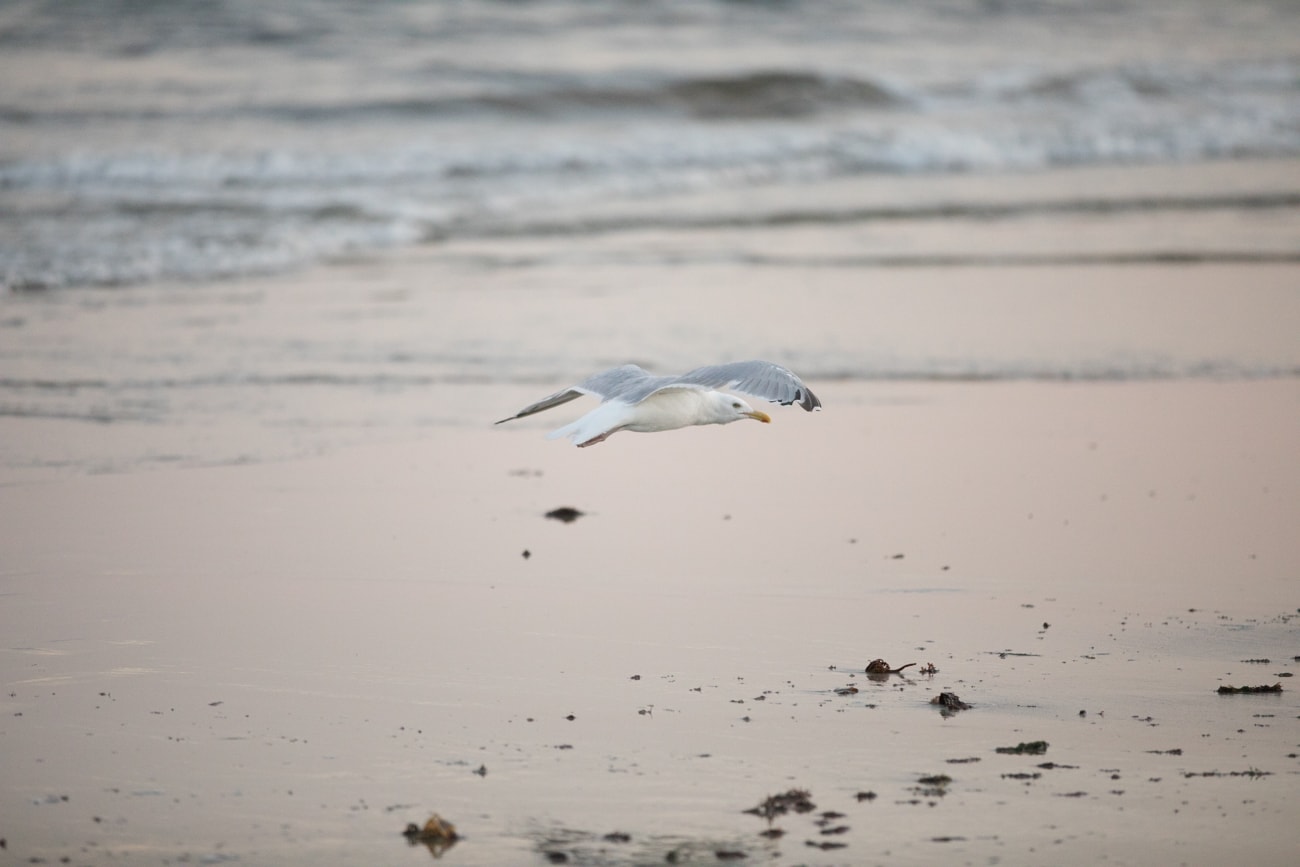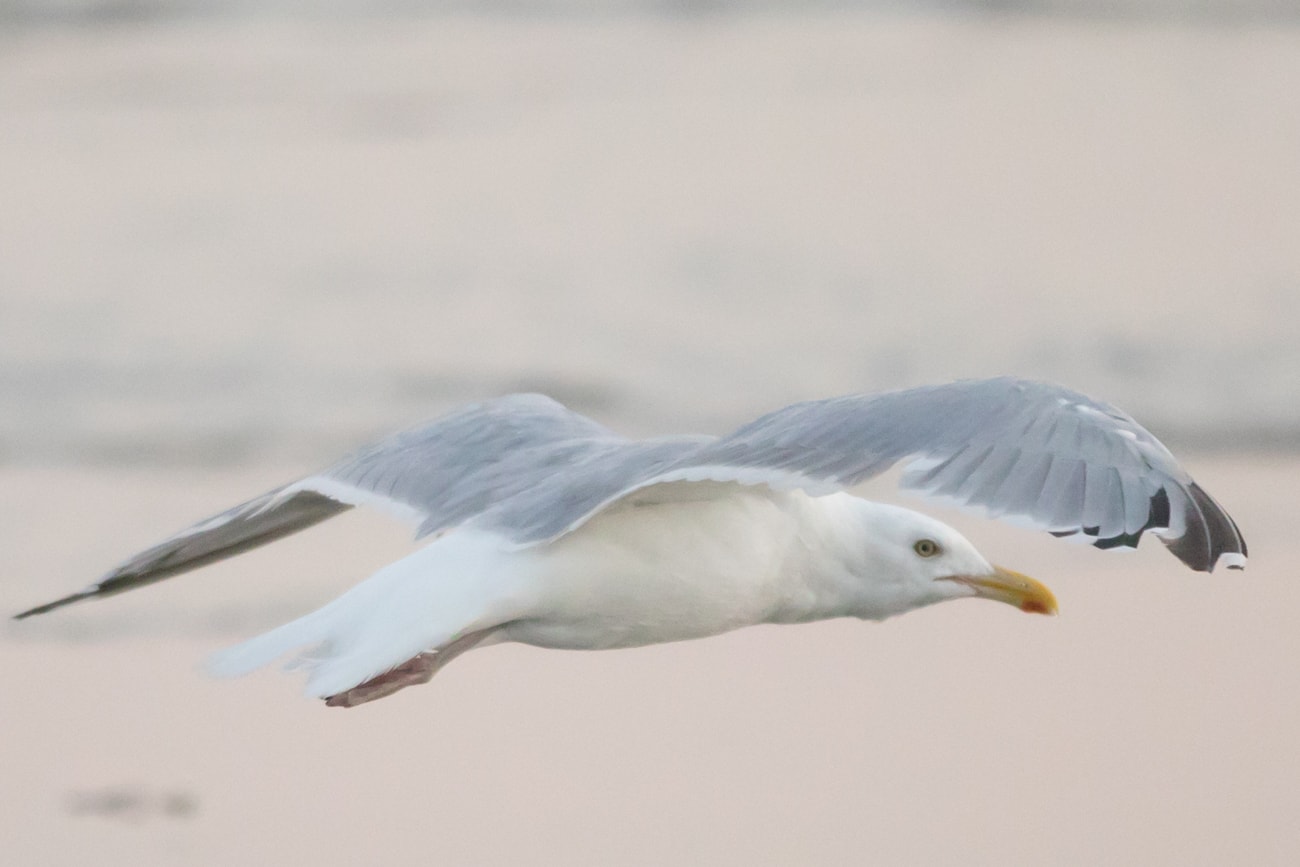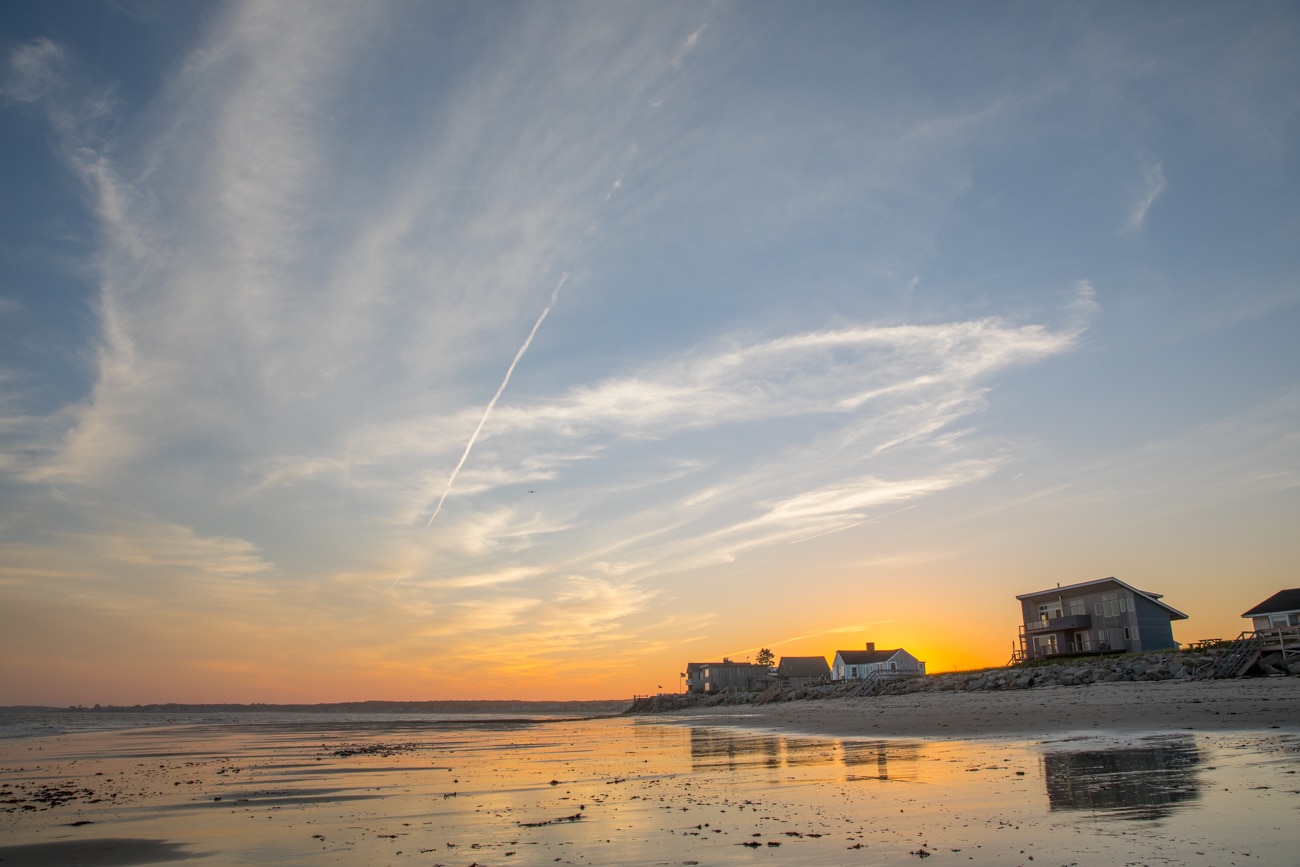Canon 5D Mark IV Camera | Maine Wedding Photographers
Today’s the day. The day we can share thoughts on the Canon 5D Mark IV camera on the first day of use. It mattered little that over the past week we had taken delivery of two new Canon 5D Mark IV DSLRs with the accessory battery grip. It hadn’t mattered until today because today is the day Adobe’s Lightroom update containing the RAW file converter for this new camera model was released. And then promptly installed here in our office. This meant that after some basic tests in-house, we could use the new cameras for an actual session.
A primer about the Canon 5D Mark IV. This is the long-anticipated new version of one of the most successful DSLRs ever, the Canon 5D Mk III. The Mk IV is now 30.4 megapixels, and 7 frames per second speed. There are scores of other improvements in both the still photography and video capture side. As still photographers, we’ll only be discussing that part of the camera.
So, after the first several hundred shots, what do we think?
First:
A fairly ordinary looking example photo. [Canon 5D Mk IV, Canon 70-200 f/2.8L II USM lens at 200mm, 1/4000 sec., f/2.8, ISO5000, no adjustments in post-processing]
There’ll be more about this photo a bit later. 
Back to the assessment.
This is a perhaps evolutionary update to what may be one of the world’s most ubiquitous camera bodies for professional photographers shooting Canon gear, the 5D Mark III. A great camera on its own accord, I have taken a quarter-million plus exposures with our three 5D Mark IIIs and am proud to say they never missed a beat. As time goes on I do reserve the right to change my mind and call it a revolutionary update. But right now, I’m not sure. If so, it likely will have something to do with the dual-pixel technology that is touted to allow focus readjustment in post-production. Whether this will reach into the realm of our world of fast-paced wedding photography remains to be seen.
Anyhow, with an evening’s worth of shooting I can say I love the new Canon 5D Mark IV. What follows is a casual seat-of-the-pants review of those first impressions.
NEW FEATURES
Firstly, this is NOT intended as a comprehensive list of changes between the 5D Mk III and the new Mk IV. It’s just a blow-by-blow of the random differences I’ve encountered in this initial use. And, I’ll address nothing about video since that isn’t our use or forte.
As mentioned, resolution has increased to 30.4 megapixels. I consider this a sweet spot, with more than adequate resolution for the majority of work coupled with the best opportunity for excellent low noise capabilities. Same with the 7 frames per second shooting speed; it’s more than adequate.
Focus sensitivity improvements seem tight and spot-on. I’m looking forward to testing the 5D Mk IV with the traditionally relatively slow-to-focus 85mm L f1.2.
Low light performance at high ISOs has the appearance of being notably improved. Here is a small section of the exact above photograph. Same specifications. [Canon 5D Mark IV, Canon 70-200 f/2.8L II USM lens at 200mm, 1/4000 sec., f/2.8, ISO5000] except a touch of noise reduction was added in Adobe Lightroom. Not bad for ISO5000!
I’m looking forward to real-life testing at stratospheric ISOs (like 32,000) soon. In tonight’s shooting it just wasn’t dark enough at the time.
WOW! DYNAMIC RANGE
If you don’t take much note of anything else here, pay close attention to this next part! There’s dramatically-increased dynamic range (the cameras ability to handle and process the difference between shadows and highlights)! Being one who loves dramatic environmental shots at weddings, noise issues when ‘jacking up’ shadows in search of detail were sometimes bothersome with the 5D Mk III. Based on this one test photo, I am blown away! This alone makes the 5D Mk IV a force to reckon with in the digital SLR world. And a very worthwhile upgrade for anyone on the full-frame Canon DSLR system.
In the above photo [Canon 5D Mk IV, 24-70mm F/2.8 L II USM lens, 24mm, 1/400 sec., f/5.6, ISO200], the homes on the shore were in deep shadow and were exposed as such. Using Adobe Lightroom, the shadow control in the Develop module was adjusted to be pegged to the right, adding max shadow detail. The result is that there is literally NO NOISE in these now-well-exposed shadow areas. I am going to have to go back and take the same shot another time with both the Mk IV and a Mk III, to illustrate what a crazy improvement this is.
Note re: the above shot; no, that is not dust on the brand-new sensor, it’s a bird (to the right of the lower part of the het contrail).
Continuing:
The Canon 5D Mark IV shutter has a new/different sound and a rich smoothness. Kind of like the sound of a door closing on a premium German sedan vs. an economy car.
On-screen menus are more elaborate, and the rear LCD screen is now finger/swipe touch (or controlled as before with the knobs and buttons). When viewing photos on the LCD you can also swipe left-right directly on-screen to move through the series.
There’s a built-in intervalometer, negating the need for the Canon TC controller.
WiFi for connectivity to networks and smartphones is built-in.
The viewfinder is fully configurable with customized displays for user-selectable information displays. I especially love the in-viewfinder level, as I’m a stickler for level horizons. Getting it right in camera is tantamount to free megapixels as compared to “fixing it in post”. Which is a fast and easy way to lower image resolution in the form of discarded pixels. Not any more! So, this isn’t just a gimmick. The level helps get it right, right from the start, to within 1 degree of accuracy. Levels in cameras are not new, but seeing the info superimposed in the viewfinder is.
Also, if you like to use a two-battery external grip, the BG-E11 from the 5D Mk III is not compatible, so you’ll need a new one, the BG-E20. More about the BG-E20 follows in this September 30, 2016 update:
UPDATE:
On the BG-E20 battery grip: It seems with every new generation of bodies Canon releases the battery grip loses something. I felt the BG-E11 battery grip for the 5D Mk III was notably more flimsy than the previous model Canon had for the 5D Mk II, and now the new BG-E20 grip for the Mark IV seems again more flimsy than the previous. I’m not sure why the plastic battery tray needs to be re-engineered each time, but this one is decidedly light and feels like it will not have the durability of the camera. Making matters worse, it’s a tricky process to snap or ‘clip’ the batteries in the tray, and if they are not seated just-so, the tray won’t insert into the grip. Lastly, the separate tray for optionally holding 6 AA batteries is no longer included, or available.
This said, I love the feel and use of the camera and redundant vertical controls when grip-equipped and would not do without the accessory grip. I’m also not a fan of using non-Canon brand parts, so the third-party brands are not for me. I will admit, the flimsiness of the other trays in the other grips never did fail, so maybe this is all good and was done in the name of weight savings. In other good battery-related news, the LP-E6 battery for this camera series, always a real hard-worker that was near impossible to drain in a day’s shoot, has been upgraded to the LP-E6N with an even higher milli-amperage rating (= even longer lasting).
There are many, many technical improvements too numerous to list here. The bottom line in this department is that you’re getting state-of-the-art digital to analog converters and all the processor speed updates you’d expect with a model almost 5 years in development. I haven’t used live view, but it’s worth noting that the focus point can be selected by touching the LCD. Cool, if not super-practical!
PRICE
Figuring in inflation, the Canon 5D Mark IV actually costs less than the 5d Mk III from 2011 (and not all that much more than the 5D Mk III in more recent times with its lowered list price). The 5D Mk IV costs $3,499 and the grips an additional $349. As always, we procured our cameras locally from Hunt’s Photo and Video in South Portland, Maine.
SUMMARY
Again, it’s just Day One so there is a lot to be learned. Right now, though, I could not be more pleased of having made the investment in two of these cameras and look forward to shooting our first wedding with them this weekend.

